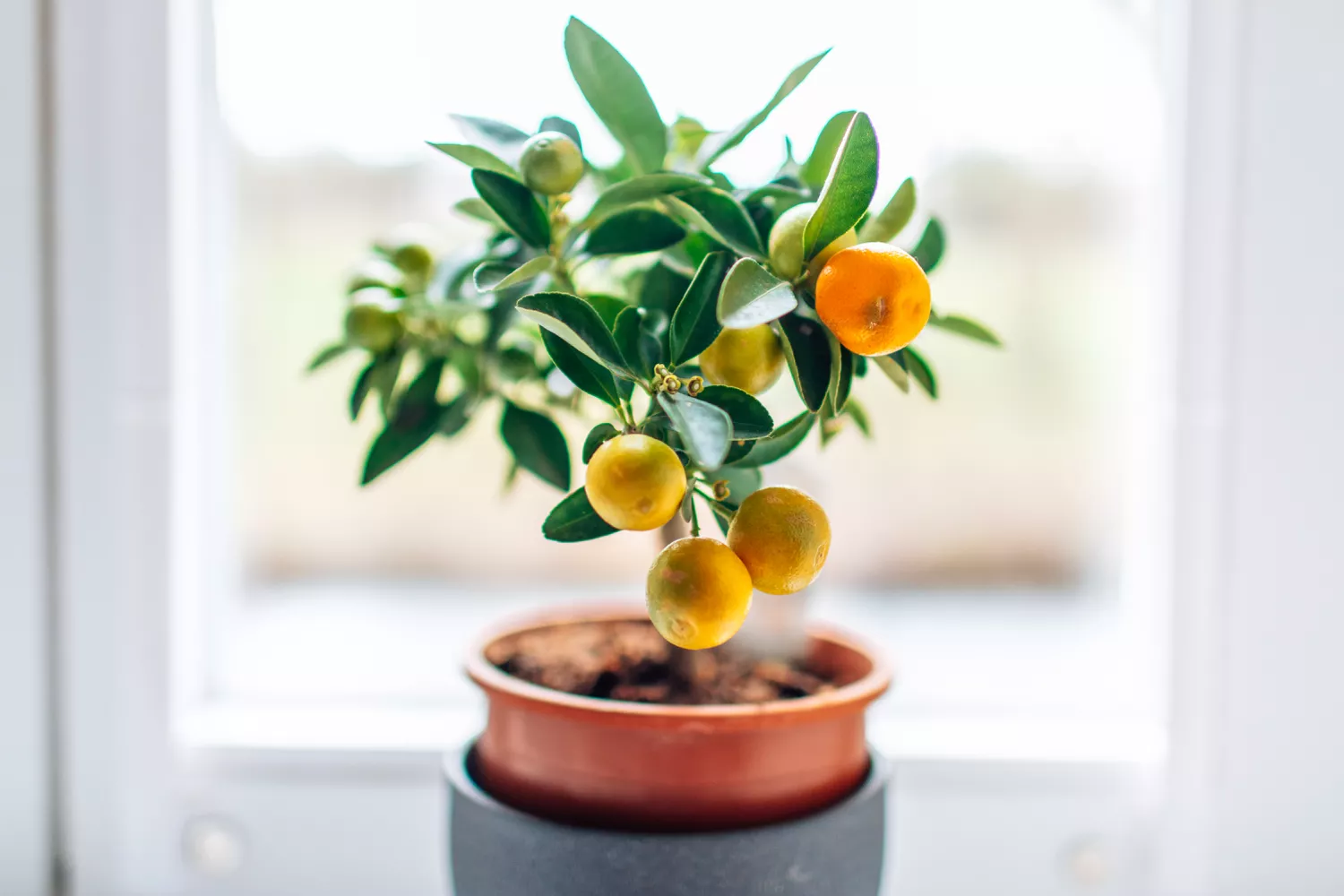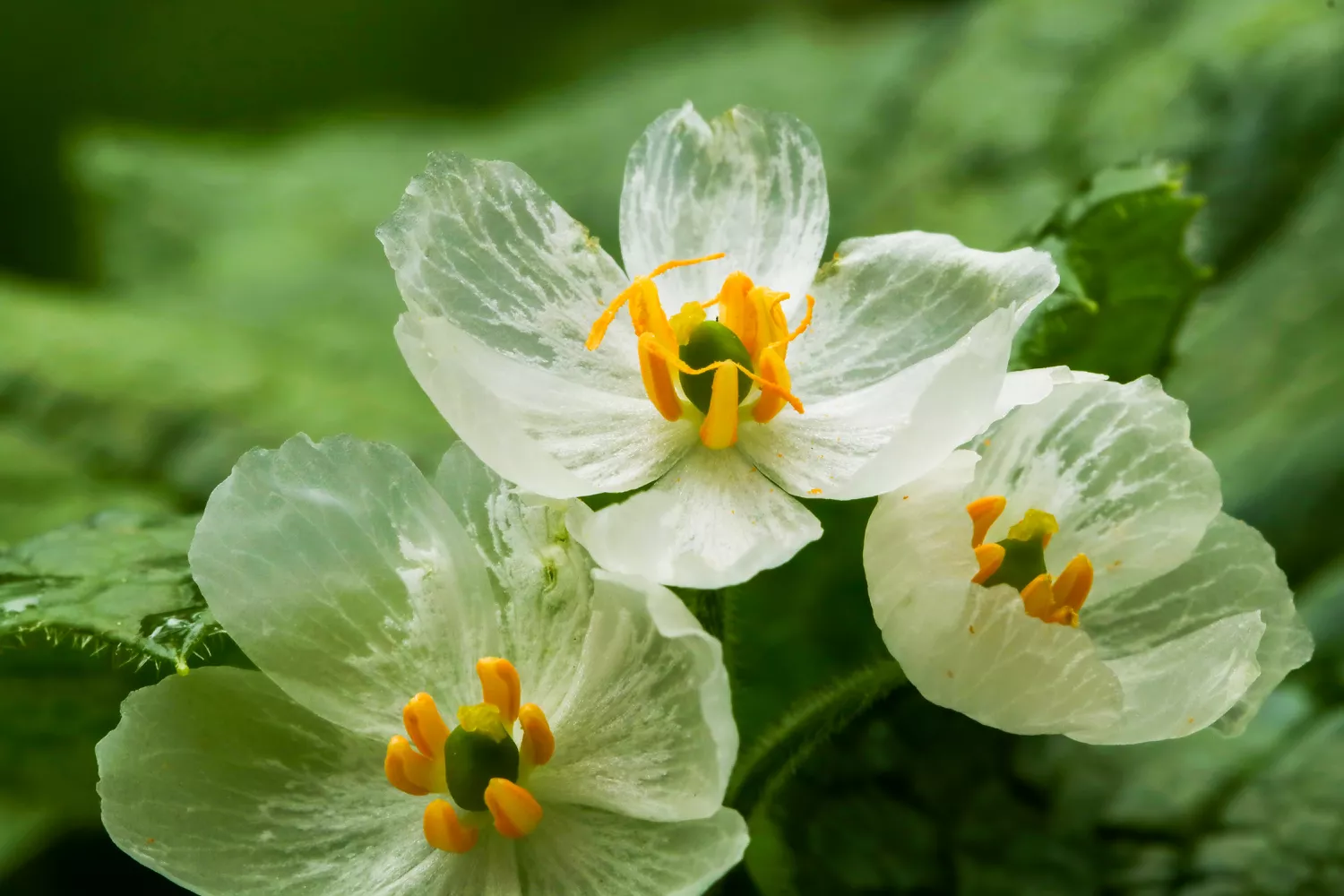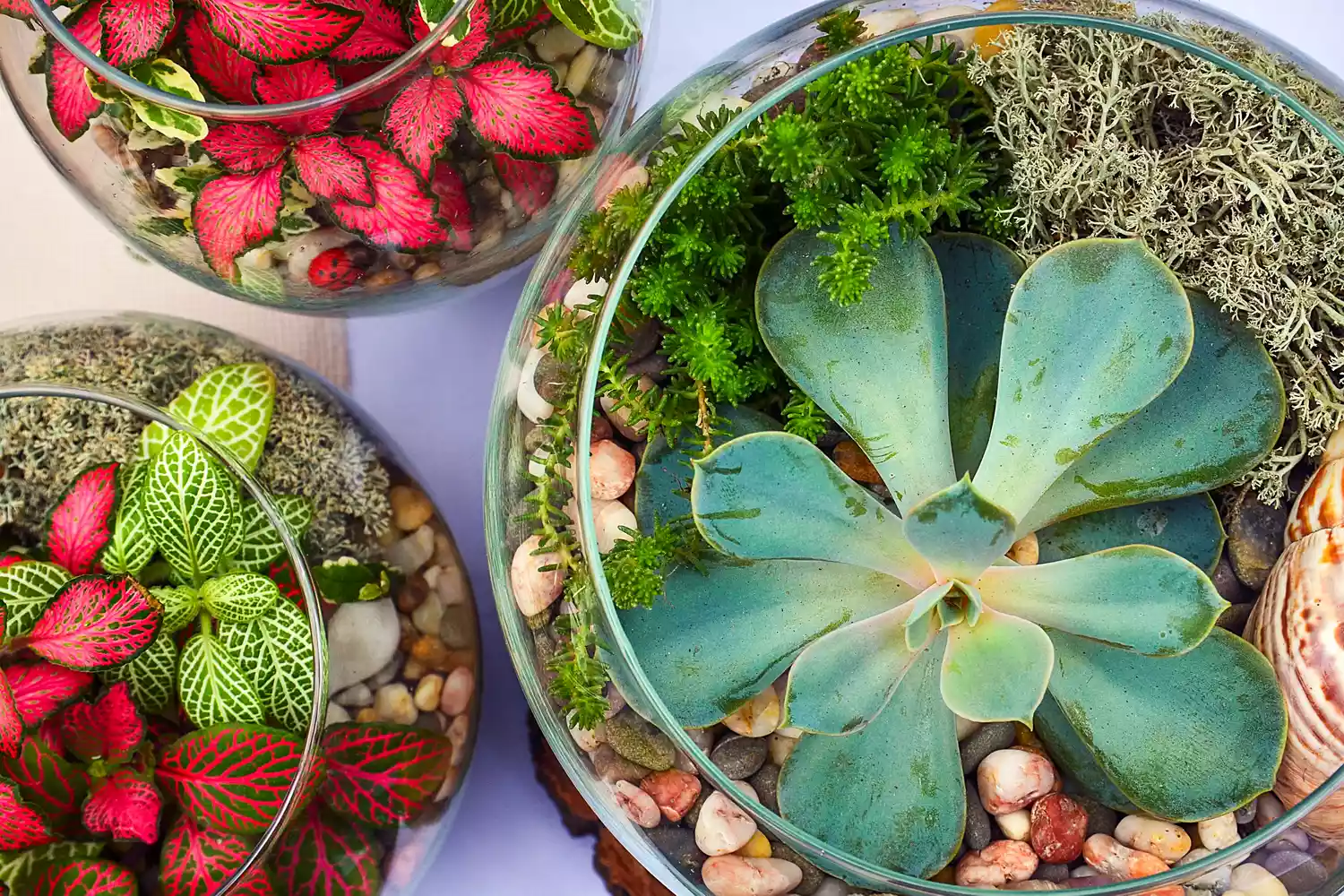
The remarkable orangery at the gardens of Versailles, with more than 1,000 perfectly kept potted plants, might be the world’s most well-known showcase of citrus trees, inside your home or out. However you don’t require to be Louis XIV or have almost as grand a setup to grow, show, and even harvest lemon, lime, and other citrus in the house. With the right conditions– great deals of light, warm temperature levels, and well-draining soil– you can delight in fresh fruit chose right from your own windowsill.
Kinds Of Indoor Citrus Trees
Citrus trees are distinctively fit to indoor development, since they don’t mind a tight area for their roots and choose warm temperatures. “Growing fruit trees is constantly a rewarding experience and growing citrus is no exception,” says Joanna Glovinsky of Fruitstitute. “Citrus trees fruit at a relatively young age and a healthy tree can provide an abundant amount of fruit throughout the year. Citrus is also an excellent candidate for growing in pots as they are happy growing in small spaces.”
Expert-recommended citrus trees to grow inside your home include Meyer lemons, Bearss limes, Trovita oranges, Mexican limes, kumquats, and smaller tangerine cultivars.
Meyer Lemon: This semi-dwarf cultivar is a stunning decorative tree that’s a great choice for beginner growers, says Carrie Spoonemore of Park Seed. “The tree blooms prolifically in clusters of snazzy, extremely fragrant, waxy white blossoms with yellow anthers,” she states.
Bearss Lime: The aromatic white blooms on this tree show off purple-tinged edges, states Spoonemore, “and produce a plentiful crop of 2- to 3-inch fruit with a thin, smooth rind. The seedless flesh is juicy, acidic, and carefully textured with a fresh flavor.”
Trovita Orange: Though growing this tree in a container will avoid it from reaching its full size, it will still provide plenty of oranges, states Spoonemore. “A heavy manufacturer, the tree blooms prolifically in clusters of snazzy, extremely fragrant, waxy white blossoms followed by a plentiful crop of juicy, sweet oranges with a thin skin that’s simple to peel.”
How to Grow Indoor Citrus Trees
Citrus trees choose lots of light and warm temperature levels in every season. “The key to growing citrus inside your home is discovering a spot that’s complete sun and does not get too cold in the winter,” says Glovinsky.
Sunshine
It’s no accident that the majority of citrus is grown in the sunniest and hottest parts of the world; these trees need complete sun. You can use natural light or grow lights, make sure your tree gets 8 to 12 hours of direct light per day, says Spoonemore.
Soil
Citrus trees are heavy feeders, says Glovinsky, and need thoughtful soil maintenance. “Citrus trees require evenly damp, well-draining sandy loams that have a somewhat acidic pH” instead of “heavy, saturated soils,” she states.
Water
“Stick your finger about an inch or 2 deep into the soil near the base of the tree,” states Spoonemore. “If the soil feels dry at that depth, it’s time to water.
Fertilizer
Enhance the health of your soil with an organic compost or fertilizer. “Soil in pots is not part of a natural soil ecology where leaves, sticks, bugs, and all kinds of life are living, dying, rotting, and keeping soil raw material,” states Glovinksy. “We grow our topsoil by applying a homemade compost, organic fertilizer topped with woodchip mulch 2 times per year– this recipe is your cheat sheet to imitating the forest floor.”
If you’re purchasing an industrial product, Spoonemore recommends a well balanced formula with 5 percent nitrogen, 2 percent phosphorus, and 6 percent potassium. (Look for one developed for citrus trees that would likewise include iron, zinc, and manganese, she states.).
Temperature.
Your citrus tree requires lots of sunlight, you don’t desire it to get too hot, says Spoonemore. Keep your tree in a location where the temperature remains between 60 and 85 degrees Fahrenheit. “Citrus trees prefer greater humidity levels,” states Spoonemore. “If the air in your house is dry, consider utilizing a humidifier or misting the leaves to increase humidity.”.
As the tree goes into its winter season dormant season, continue taking notice of the ambient temperature level and airflow. “Citrus trees are delicate to cold drafts, so prevent placing them near doors or windows that might expose them to cold air,” says Spoonemore. “Keep them far from heating units or radiators that can dry the air.”.



